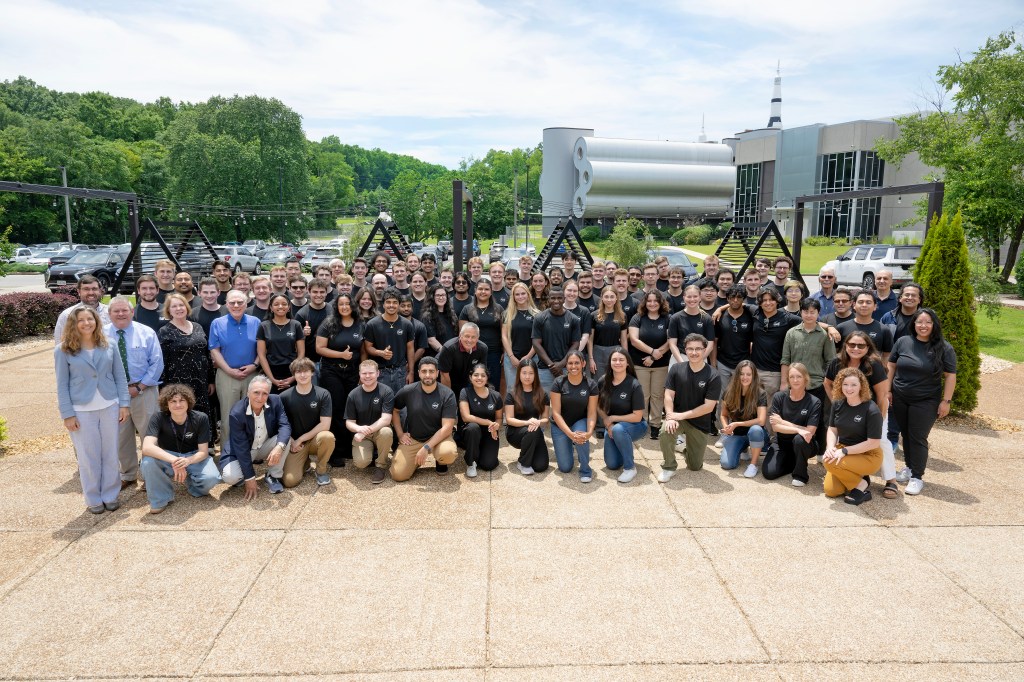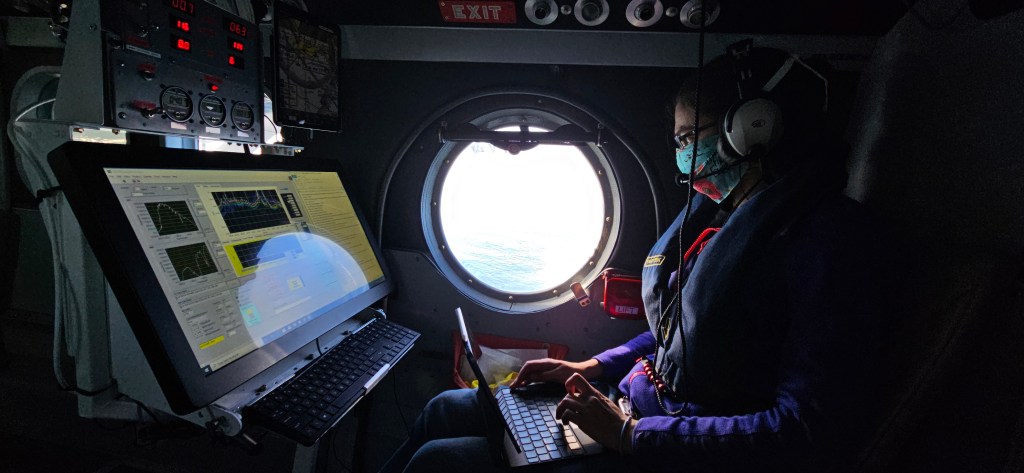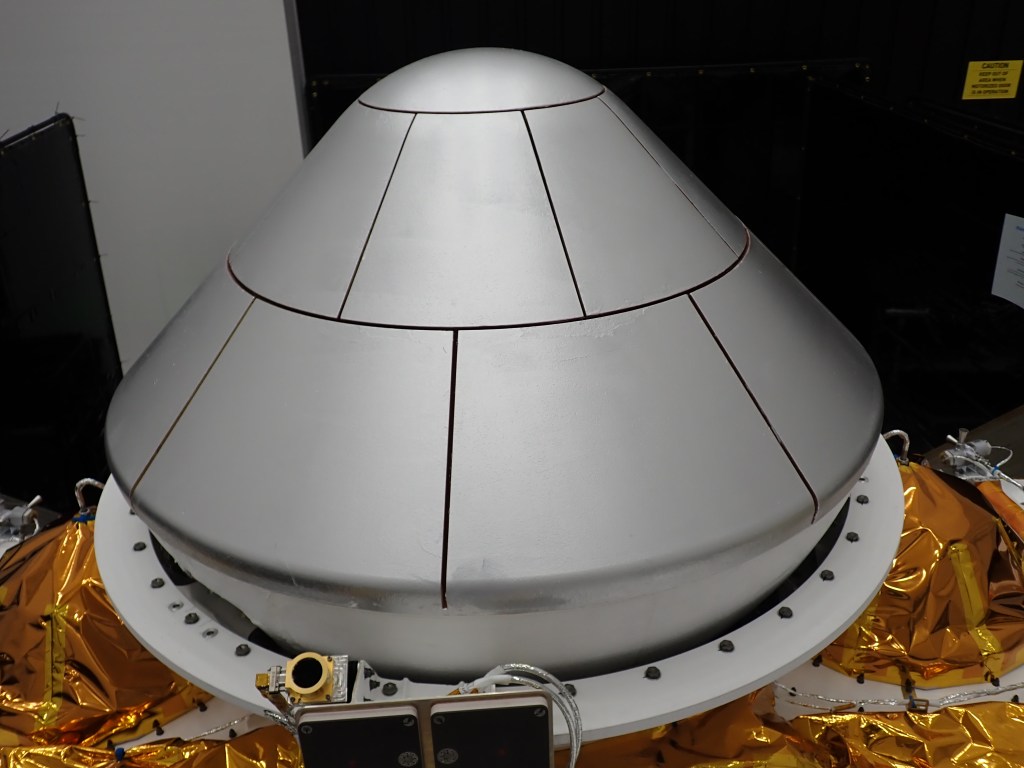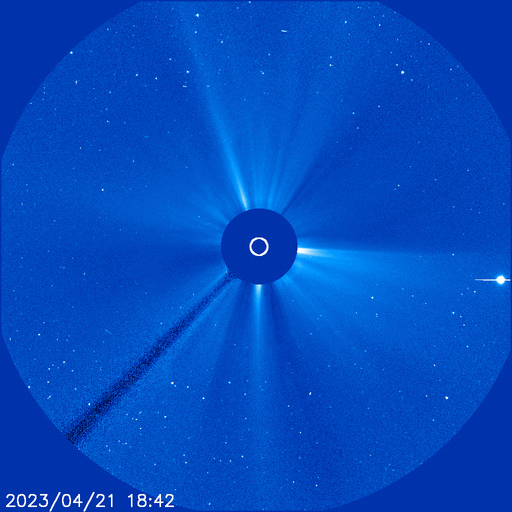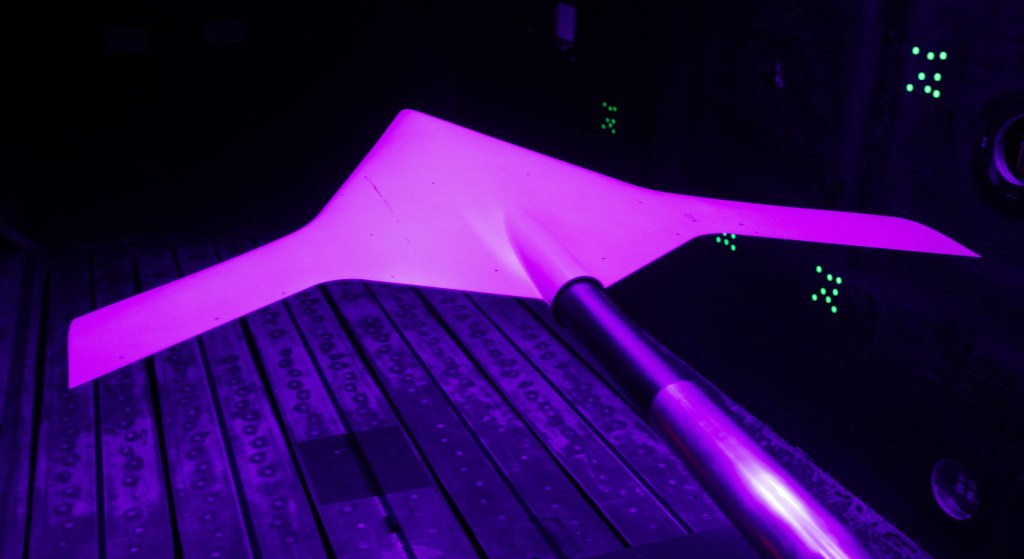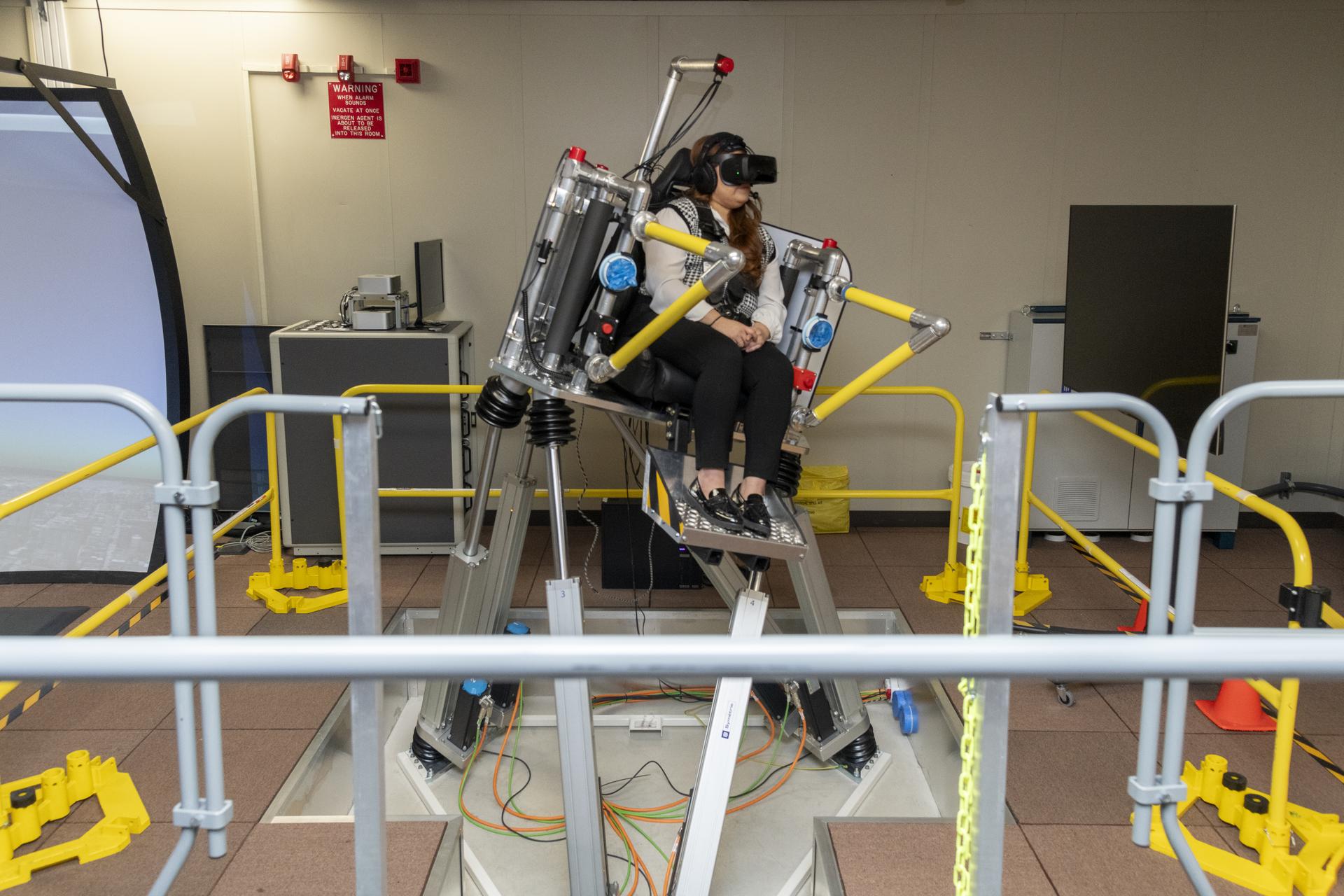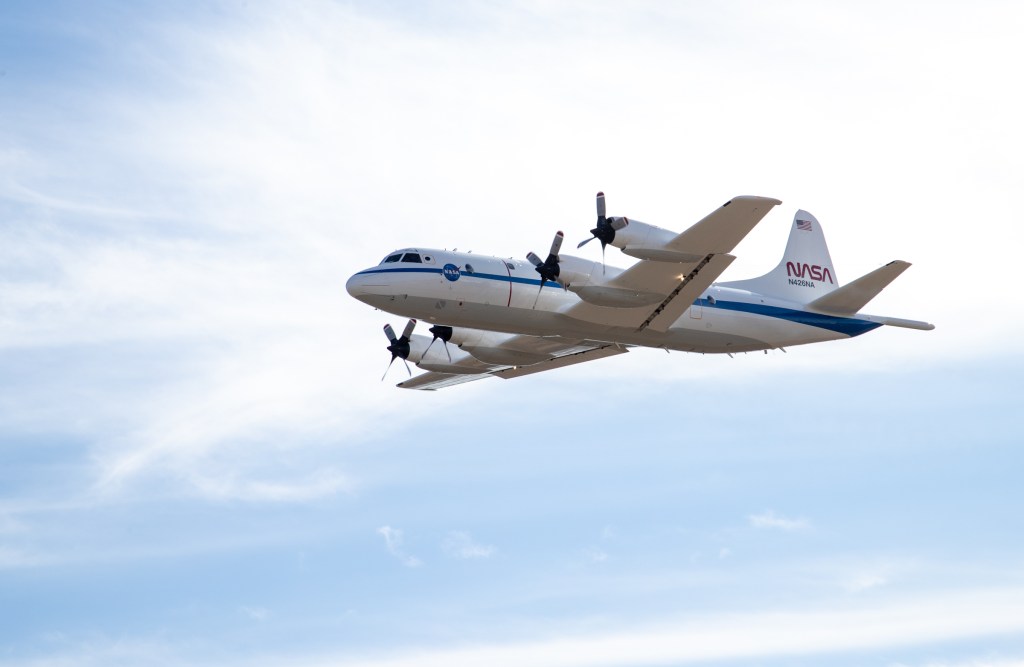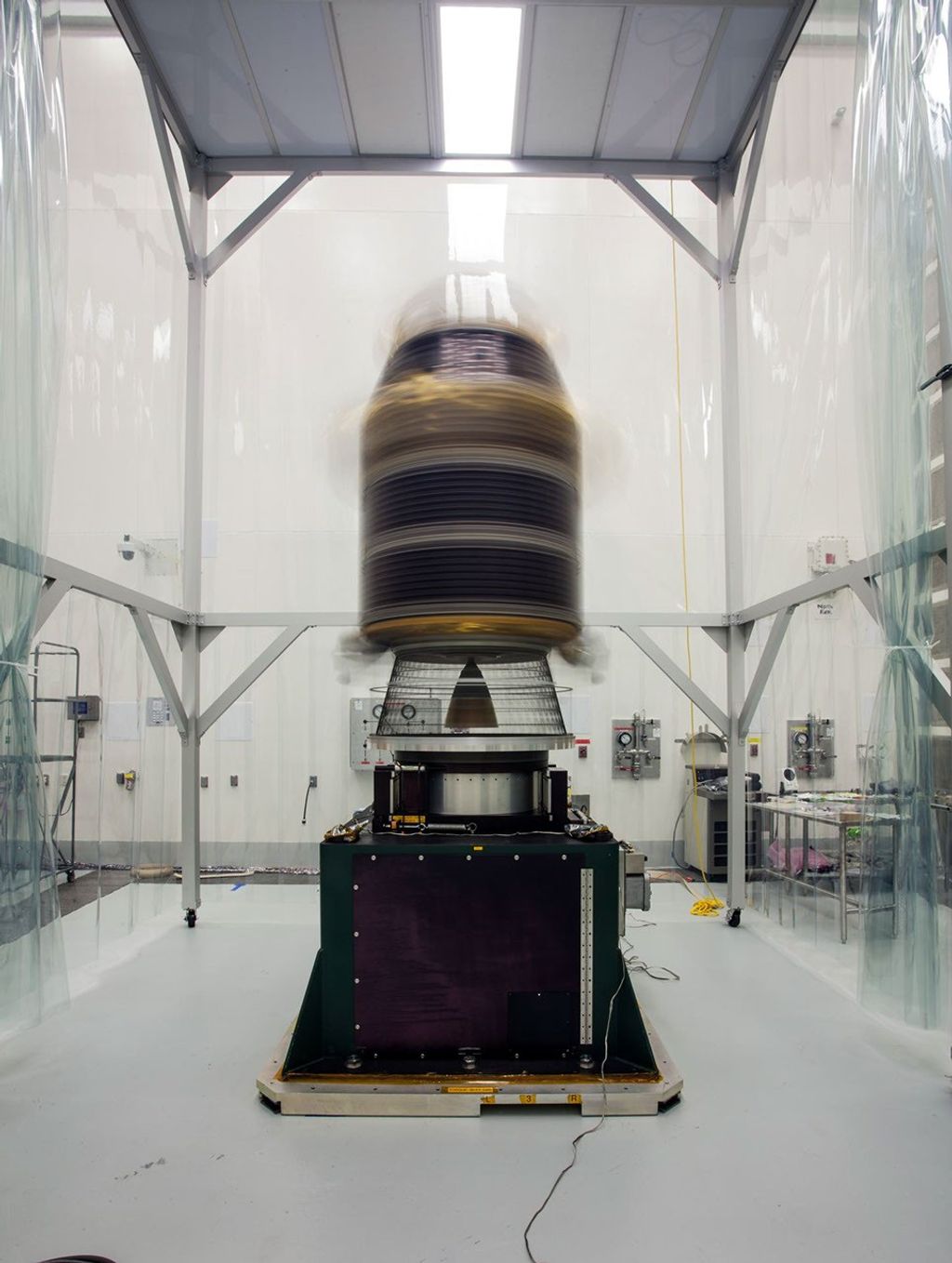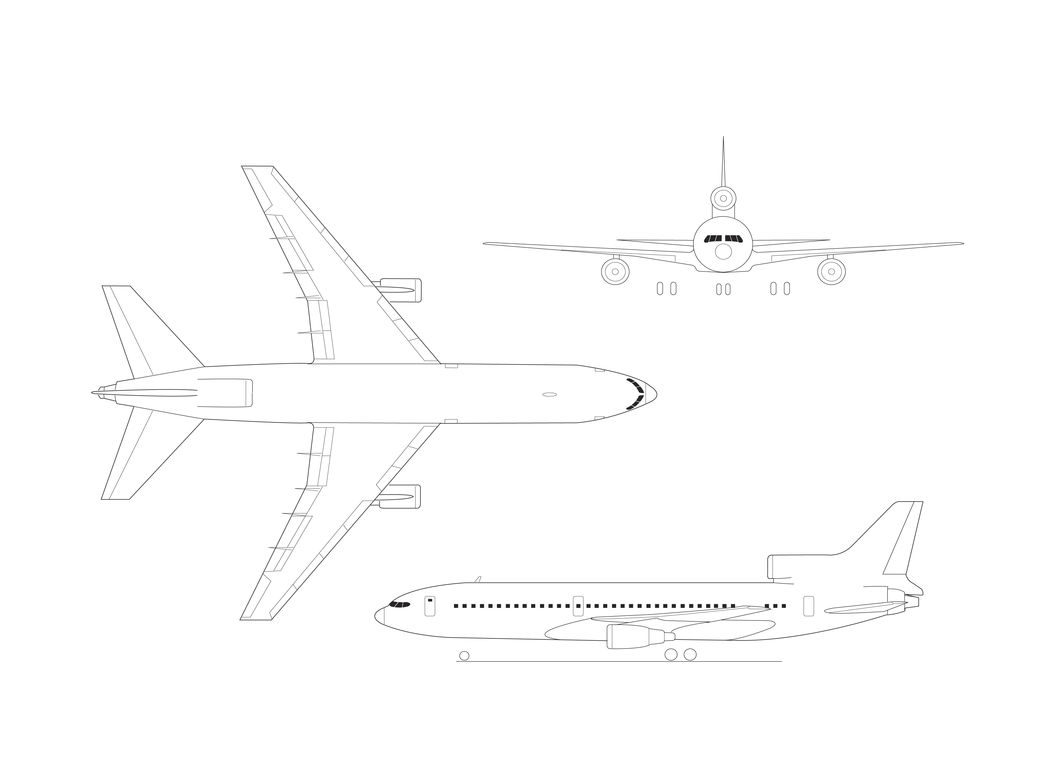EG-0058-01
NASA has conducted the Adaptive Performance Optimization experiment aboard Orbital Sciences Corporation’s Lockheed L-1011-100. The program was developed by engineers at the Dryden Flight Research Center. Dryden was also involved in limited wake vortex studies using an L-1011 in 1977.
The Adaptive Performance Optimization project was designed to reduce the aerodynamic drag of large subsonic transport aircraft by varying the camber of the wing through real-time adjustment of flaps or ailerons in response to changing flight conditions. Reducing the drag will improve aircraft efficiency and performance, resulting in signifigant fuel savings for the nation’s airlines worth hundreds of millions of dollars annually..
Flights for the NASA experiment were made periodically over the next couple of years on the modified wide-bodied jetliner, with all flights flown out of Bakersfield’s Meadows Field. The experiment was part of Dryden’s Advanced Subsonic Transport Aircraft Research program.
Dryden conducted extensive wake vortice tests beginning in the 1970’s. These wake vortices first became a serious concern when large jetliners were first introduced. The aircraft trailed vortices, created by any large-bodied aircraft, were powerful enough to cause problems for business jets and even other airliners…Learn more


